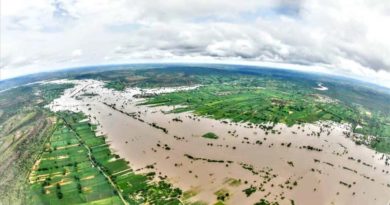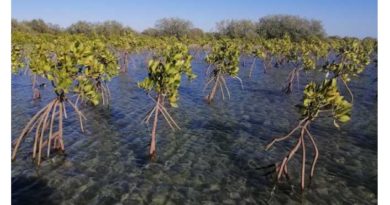Water bodies cannot be diverted for industries: Supreme Court
The Supreme Court has asked the Greater Noida Industrial Development Authority to stop diverting water bodies for industrial activities. The landmark judgment can go a long way in reclaiming and reviving water bodies across that country that are being lost to reckless development.
India has several small and big water bodies that are spread over 70,000 sq km. And almost all of them are reeling under encroachments. In fact, dying water bodies is a major reason behind the flash floods in Mumbai (2005), Uttarakhand (2013), Jammu and Kashmir (2014) and Chennai (2015). Despite the Wetland (Conservation and Management) Rules, 2017, the country has failed to protect its water bodies, particularly in the urban areas.
The Supreme Court judgement on November 25 overturns a National Green Tribunal (NGT) order that dismissed Jitendra Singh’s petition which asked water bodies should not be diverted for industries. NGT rejected the petition after Greater Noida Industrial Development Authority assured that they would recreate alternative water bodies that would be bigger in size. The apex court, however, observed, “It might be possible to superficially replicate a water body but there is no guarantee that the adverse effect of destroying the earlier would be offset”. It added that destroying the lake at Khasra Nos 552 and 490 would “kill the vegetation”, prevent seepage of groundwater and compel people living around the lake to move at least 3 kms away.
Alongside the verdict, the Gautam Budh Nagar district administration has rolled out a plan to rejuvenate 1,000 ponds spread over 4.5 km2. “The task is herculean as most of the ponds and water bodies in the district are either encroached upon or are being used for dumping sewage or municipal solid waste. At this moment, the Supreme Court Judgement serves as much needed thrust,” says Ramveer Tanwar, Noida-based environmentalist.
This was originally published by downtoearth.org.in




